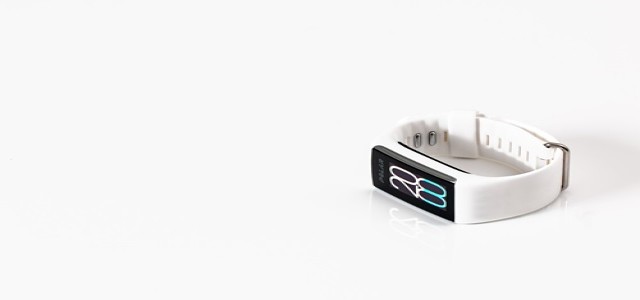
Switzerland-based researchers have reportedly invented an energy-harvesting device that can produce enough electricity to power LED light bulbs by harnessing the power of footsteps. The tech utilizes hardwood flooring with a silicone coating and embedded nanocrystals that generate electricity when stepped on.
According to reliable sources, this device, named nanogenerator, consists of two pieces of wood sandwiched between electrodes. When walked on, the sandwiched pieces of wood become electrically charged due to contact and separation, a phenomenon known as the triboelectric effect.
The aforementioned effect occurs when electrons are able to move freely between the two objects, similar to the way static electricity is created when people rub a balloon on their hair for a few seconds.
The senior author of the study, Guido Panzarasa, group leader within the professorship for wood materials science, Eidgenössische Technische Hochschule Zürich, as well as Swiss Federal Laboratories for Materials Science & Technology, Dübendorf, stated that when materials are tribo-positive, they tend to lose electrons, and when they are tribo-negative, they tend to attract electrons.
Wood does not have a high proclivity to attract nor lose electrons. As a result, wood is a horrible triboelectric material, but it is a fantastic building material, Professor Panzarasa added, stressing that the material is also advantageous since it is a sustainable and renewable resource that also stores CO2.
To improve the triboelectric characteristics of wood, the researchers covered one piece with a common silicone that attracts electrons when it comes into contact, with the other piece being covered with nanocrystals that tend to lose electrons.
Following the testing of different types of woods, scientists discovered that radially cut spruce; a commonplace wood used in construction across Europe, generated electricity that was approximately 80 times more than the one generated from raw wood.
The researchers discovered that a wood floor prototype with a surface area that is little smaller than a piece of A4 paper generated enough energy to power residential LED lights and smaller electrical gadgets such as calculators.
Prof. Panzarasa cautioned the test only provided proof-of-concept information, and that the technology needs more work for it to be scaled up for overall industrial use.
Source credit: https://www.theguardian.com/environment/2021/sep/01/hi-tech-wooden-flooring-can-turn-footsteps-into-electricity
